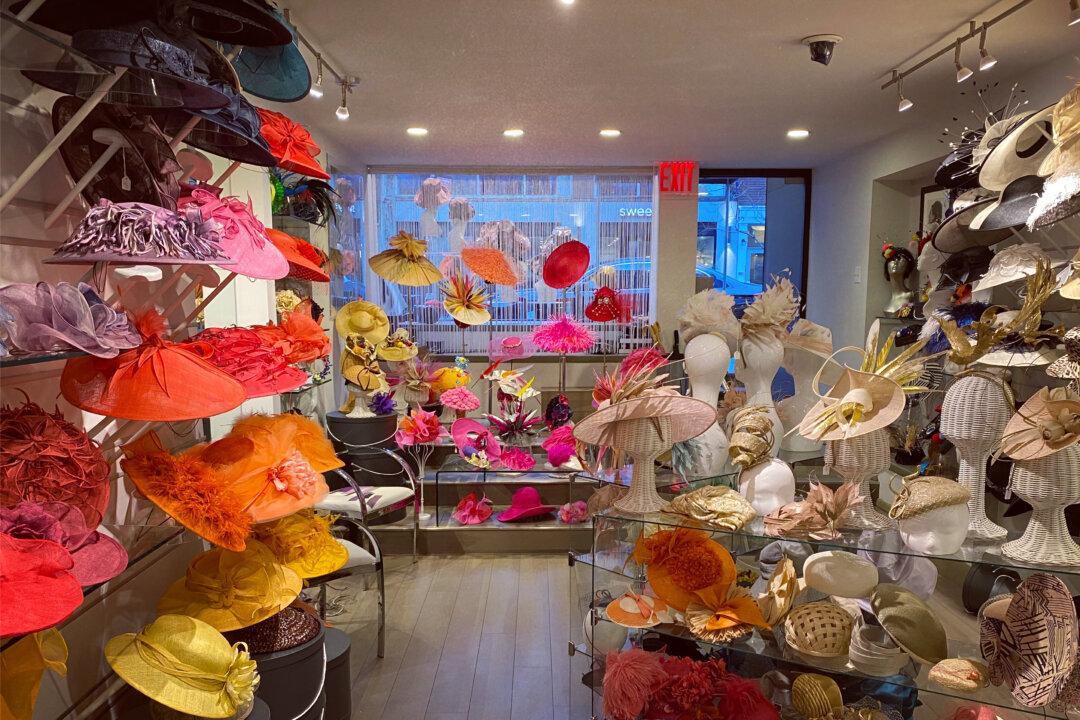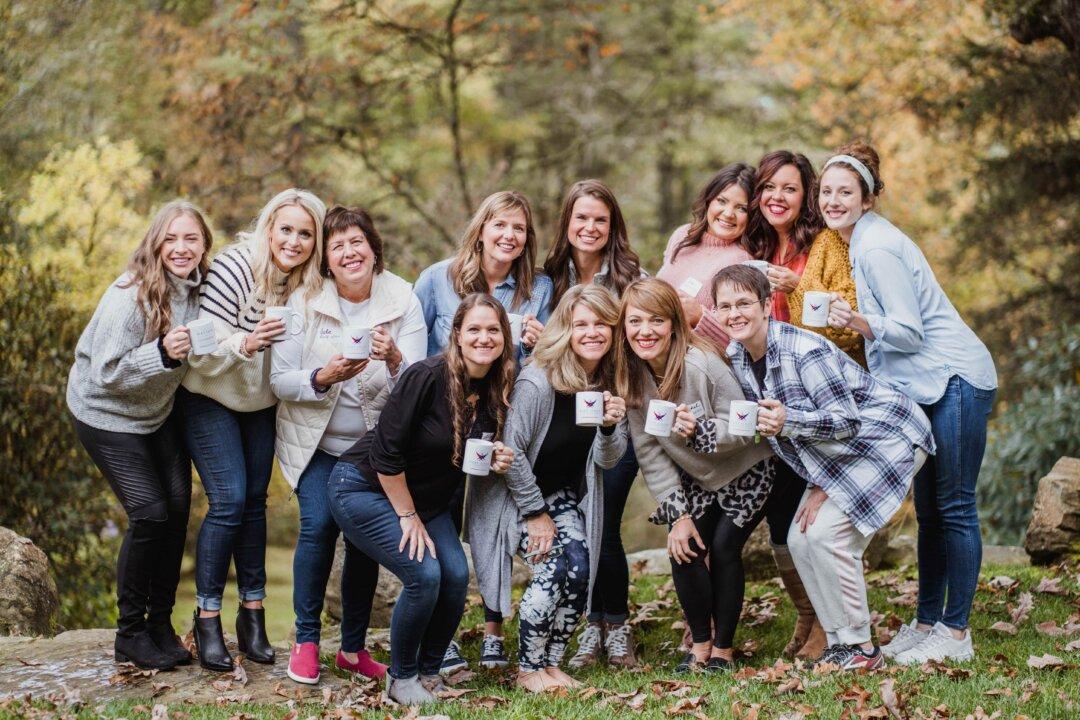Suzanne Newman, owner of Suzanne’s Couture Millinery in New York City, firmly believes that “it’s rare that someone doesn’t look good in a hat.” If someone doesn’t look good, she says, it’s simply because “they haven’t found the right hat.”
In her lovely store on 61st Street, the 75-year-old milliner custom-makes the right hats: grand hats for the Kentucky Derby and Ascot races, beautiful bridal hats, hats for luncheons, and hats for any special occasion. She uses a combination of artistic instinct and self-taught sewing skills.





